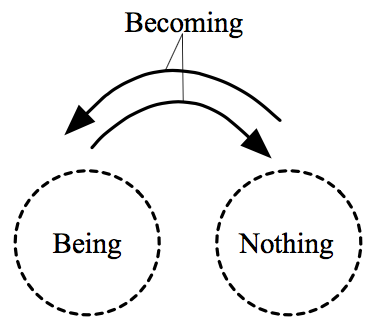Before picking up on any of the many threads that might come from Narratives, Part 7, I think it’s best in this follow-up to go in the ‘opposite’ direction instead.
That would be a focus on the single most important concept in adult erotic narrative formation, before tempting any others.
Eros & the human condition
Martin Buber‘s definition of existence and the human condition also captures depth and the energy of the erotic self. The essential “ingredient” of erotic narrative development is this tension:
“In the I–Thou encounter, the individual meets authentically without exploitation of the other person. In the I–It encounter, the individual imposes itself on the other with disregard for it as a being or an equal.”
The key
These two sentences (or, this “dialectic”) capture the core tension of erotic and sexual life. Between human equality and inequality; power and control; empathy and indifference. There are many such expressions of tension – so tension itself is the key.
Always in imagination
Tension drives imagination. Imaginative adult play is the primary means that expresses and resolves the conflict between selves. In either our chosen or imagined lives, we can explore power and control in relationships most deeply and intimately. Even love and hate can find forms of safe, and ultimately loving play. And thus hope for a future together.
Intimate & objectified
When integrated, the intimately interpersonal and the fully objectified are genuinely two sides of a self. Imaginative life and chosen relationships are where these tensions can more safely come to life, in the form of adult play. Here is where life’s rules are turned on their head, by prior agreement and consent. That lets us examine and challenge our relationship choices playfully.
Shame or Safety
Internalized shame at this level of eroticism hinders or prevents erotic development (unless it’s ‘shame’ being deliberately played.) Yet the erotic self can only play when interpersonal integrity (saying & doing the same thing), ethics and underlying respect create a “safe” (low risk enough) environment.
Release, and other ties
Tension and release are commonly associated. It’s not just physically defined. Release can take many forms, including psychological and relational: from bondage and servitude; worry and responsibility; neurologic stimulation, etc. Release is also commonly associated with orgasm following some “pent-up” or restricted sexual sensation.
Unresolved, on purpose

By definition, tension must remain unresolved. It’s an essential condition between partners who are committed to living an imaginative life together. Tension is consensual conflict, acting on/re-enacting narratives for arousal, expressed in adult play.
